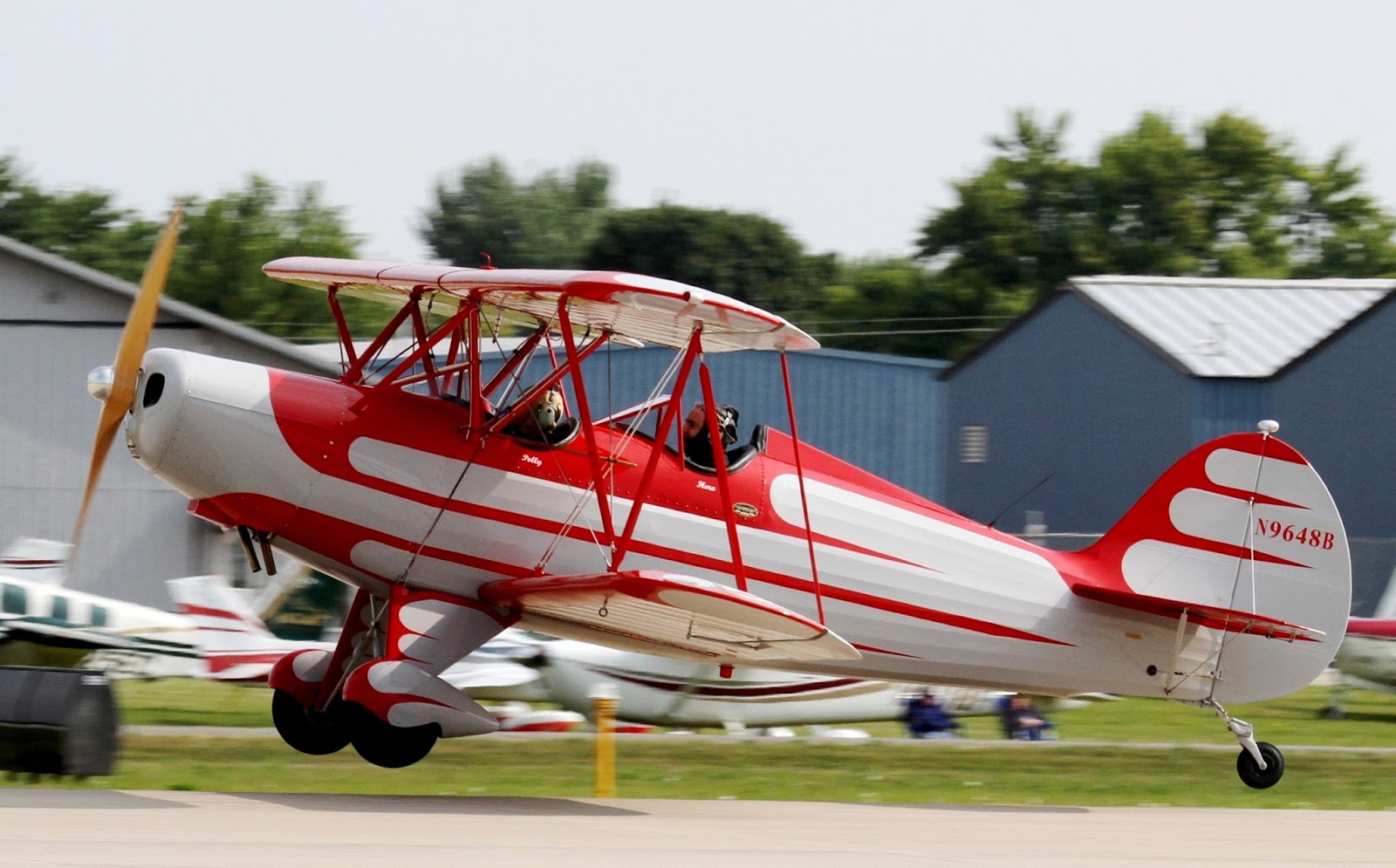AvioLights.com - Navigation and Position Lights for LSA

3 Easy Facts About Aircraft Lights High Res Stock Images - Shutterstock Described
See "User Guide" in external links. Ships at anchor show one or 2 white anchor lights (depending on the vessel's length) that can be seen from all instructions. If 2 lights are shown then the forward light is greater than the aft one. Boats classed as "little" are not compelled to carry navigation lights and may use a handheld torch.
They are usually utilized to increase visibility to others, and to indicate actions such as entering an active runway or beginning up an engine. Historically, incandescent bulbs have been utilized to supply light, however recently Light-emitting diodes have been utilized. Anti-collision light on top of the vertical stabilizer and navigation light in the wing idea during daytime.
A white navigation light is as far aft as possible on the tail or each wing suggestion. High-intensity strobe lights are situated on the aircraft to assist in collision avoidance. Anti-collision lights are flashing lights on the top and bottom of the fuselage, wingtips and tail pointer. Their purpose is to alert others when something is occurring that landing crew and other airplane need to be aware of, such as running engines or entering active runways.

Our Commercial aircraft exterior lighting – let there be light PDFs
High-intensity white strobe lights belong to the anti-collision light system, in addition to the red rotating beacon. All airplane built after 11 March 1996 should have an anti-collision light system (strobe lights or turning beacon) switched on for all flight activities in bad presence. The anti-collision system is recommended in great visibility, where just strobes and beacon are needed.
These beacon lights remain on for the duration of the flight. While taxiing, the taxi lights are on. When coming onto the runway, the taxi lights go off and the landing lights and strobes go on. When passing 10,000 feet, the landing lights are no longer needed, and the pilot can elect to turn them off.
Landing lights are bright white, forward and downward facing lights on the front of an aircraft. Their purpose is to allow the pilot to see the landing location, and to enable ground team to see the approaching airplane. Civilian business airliners also have other non-navigational lights. This Is Noteworthy consist of logo lights, which illuminate the business logo on the tail fin.
